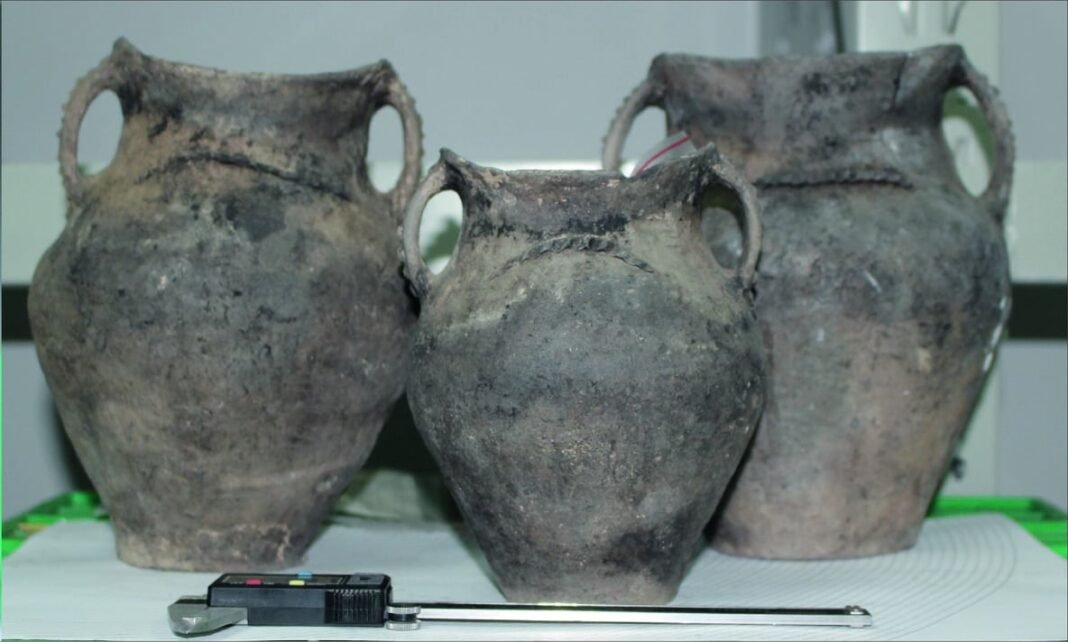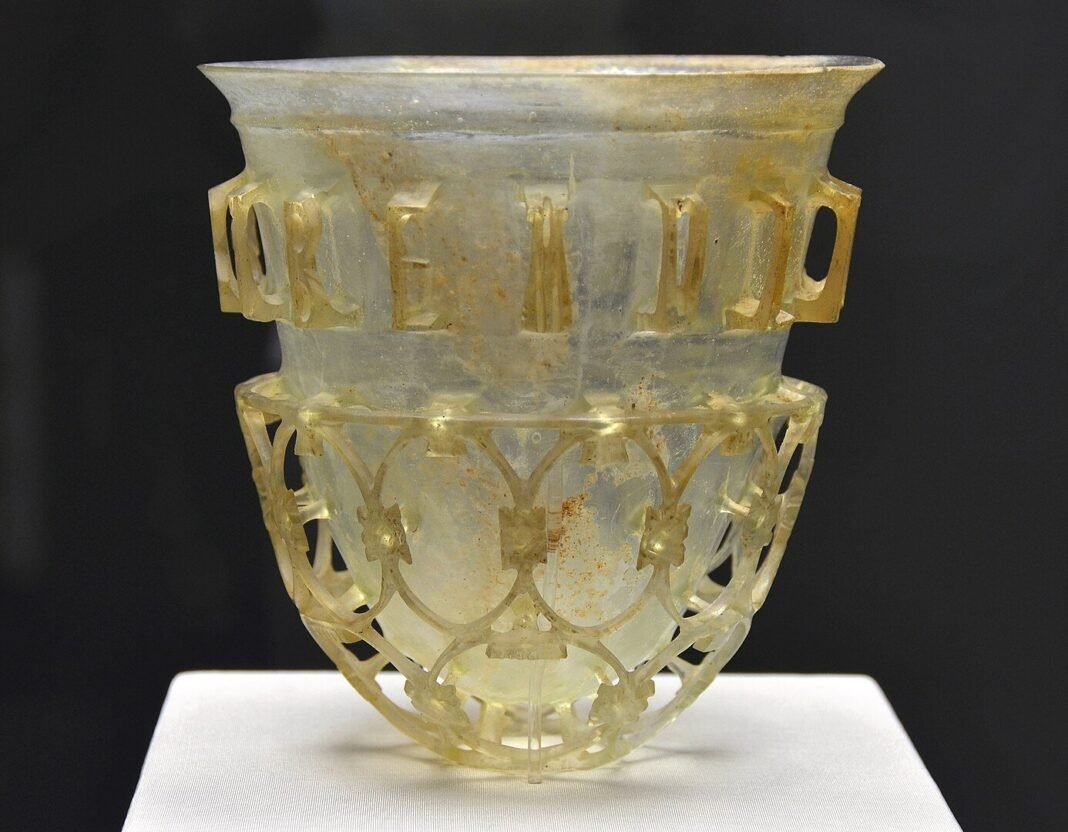
Researchers have uncovered new clues about early food and drink traditions at the Bronze Age site of Mogou in northwest China. The study, led by Dr. Yinzhi Cui and published in the Journal of Archaeological Science: Reports, analyzed residues from 42 pottery vessels and identified traces of diverse plant foods and fermented beverages.
The Mogou site sits in Lintan County in Gansu Province and dates from 1700 to 1100 BC. Excavations carried out from 2008 to 2012 revealed more than 1,688 graves containing the remains of about 5,000 individuals. These burials represented the Qijia culture, active from 2300 to 1500 BC, and the later Siwa culture from 1400 to 1100 BC.
Most graves followed a Type B catacomb-style design, with multiple side chambers and carved head niches where ceramics were placed above the deceased.
Filling gaps in Bronze Age drinking practices
Earlier studies have shown that cereal-based fermented beverages were widespread in Neolithic China. However, evidence from Bronze Age cultural settings has remained limited. The pottery vessels from Mogou offered researchers an opportunity to investigate how such drinks may have fit into ritual and daily life during this period.
The team examined vessels from three phases: a Qijia tomb, two transitional tombs linking the Qijia and Siwa cultures, and a Siwa-period tomb. Their analysis revealed remains of rice, millet, buckwheat, Job’s tears, and grains from the Triticeae family, including barley and wheat. These results support previous research based on dental calculus and show that Mogou’s inhabitants consumed a broad mix of plant foods during the second millennium BC.
Fermentation markers found in vessel residues
Clear evidence of fermentation appeared throughout the samples. Many starch granules showed enzymatic digestion, a strong indicator of brewing activity. Researchers also detected fungal and mold remains—yeast cells, hyphae, and cleistothecia—inside the vessels.
Residue analysis of 42 pottery vessels from the Mogou cemetery reveals qu-based fermentation methods using rice and Monascus mold.#China #Archaeology pic.twitter.com/MS9FG95SFz
— Tom Marvolo Riddle (@tom_riddle2025) November 13, 2025
One discovery proved especially significant: the presence of Monascus mold. This species is associated with qu-based brewing, a traditional Chinese technique that uses a mold-based starter to break down starches and initiate fermentation.
Ancient origins of qu-based brewing
Historical texts describe two main brewing methods in ancient China. One relied on malt, while the more common technique used qu. In this process, the qu starter was mixed with cooked starchy foods such as rice, barley, or wheat. This triggered saccharification, converting starches into sugars that could ferment.
The qu method originated in early Neolithic cultures of the Lower Yangzi River between 8000 and 6000 BC and in Yellow River communities between 6000 and 5000 BC. Over time, it spread across large regions of China.
By the time it reached Mogou, qu-based brewing had become closely tied to ritual practices. Researchers believe it played a central role in mortuary activities for more than six centuries, helping preserve ancestral memory and reinforce community identity.
Study marks a step toward deeper understanding
Dr. Cui described the research as an important early step in understanding how fermented beverages shaped Bronze Age life. He emphasized that the findings are preliminary and said it is too soon to draw firm conclusions. The team plans to expand future work with broader samples and updated analytical techniques.


